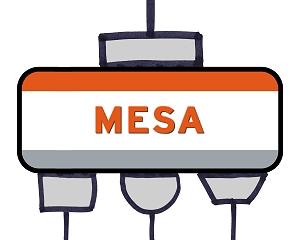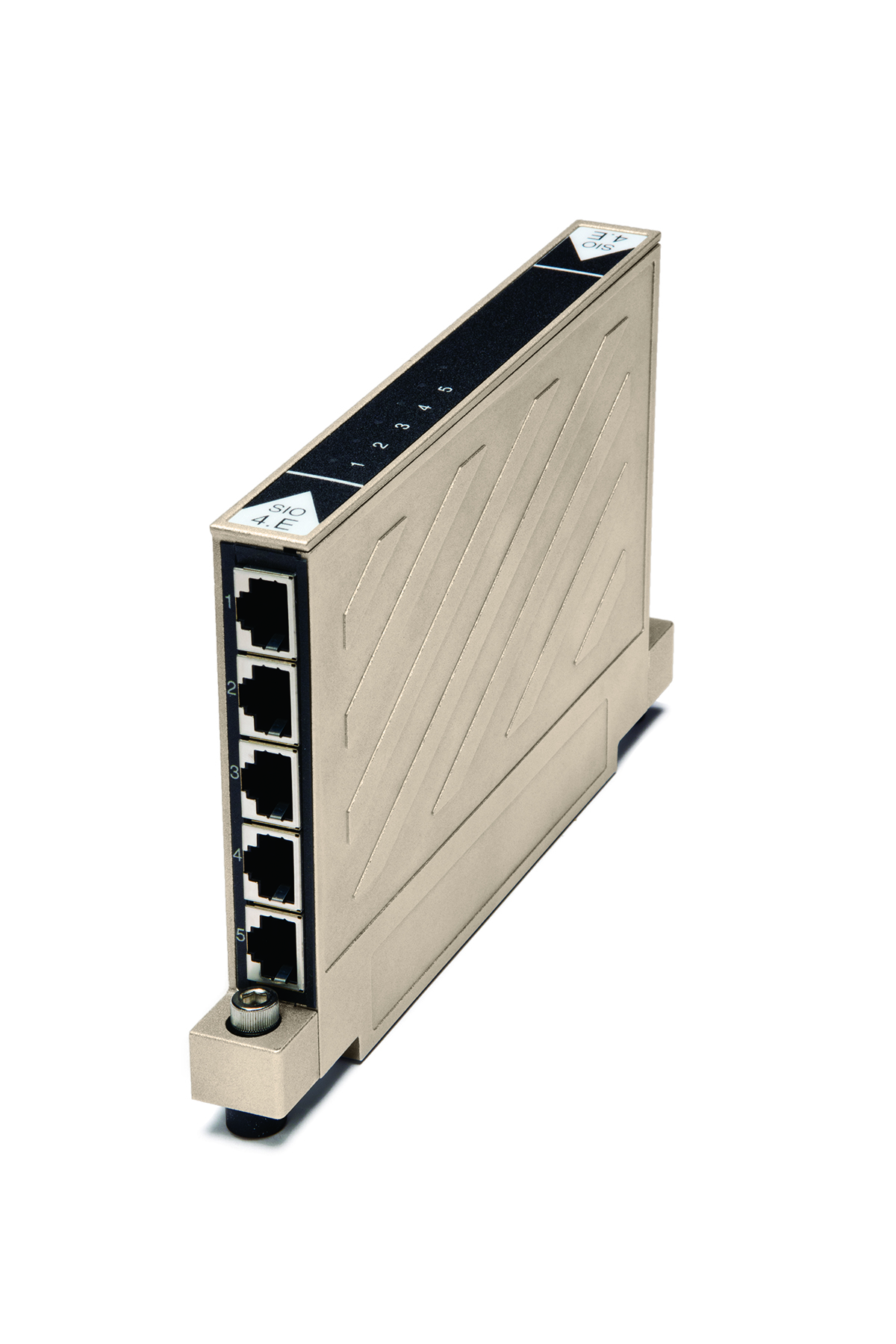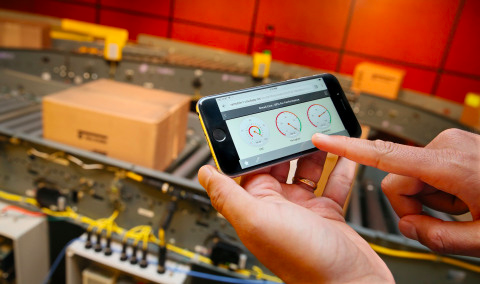
by Gary Mintchell | Nov 30, 2015 | Automation, News, Operations Management, Organizations, Standards
 New power generation technologies will only optimize when high capacity storage becomes reality. You never know when or where you might learn about advances.
New power generation technologies will only optimize when high capacity storage becomes reality. You never know when or where you might learn about advances.
Consider this example of always remaining open toward gaining new knowledge and contacts. My wife and I were at breakfast in a Napa Valley Bed and Breakfast on vacation last September. We began a conversation with another couple about our age regarding which winery tours might be best.
The man asked me what I did. “Write about industrial technology and applications.” You might be interested in this, he replied. Turns out he was an electrical power utility general manager and had become involved with a standards initiative–MESA. No, not the MESA (MES Association) that I’m involved with. This one develops standards for connecting to energy storage. This area holds immense importance for the future of the power grid.
Storage Standards Association
So he shared some contact information and connected me with the association. I’ve talked with people there and am sharing some information from the Website to introduce this important initiative. Expect more in the future.
(All of this information comes from the Website.)
Why MESA?
Grid-connected energy storage promises large potential benefits. And yet, before safe, affordable energy storage can deliver on its promise, electric utility customers and their suppliers must solve significant problems. Many of these problems boil down to lack of standardization.
Standards are required for any technology to be deployed at scale. The personal computer industry grew from few to millions of units per year, while dramatically improving price-performance, based on standards for its software and hardware components. Like other industries, the energy storage industry needs to organize for scale, based on a cohesive industry vision and technology standards.
MESA Standards clear barriers to growth in energy storage. By making standard connections between components possible, MESA frees utilities and vendors to focus on delivering more cost-effective electricity to more people.
Today’s Problem
Current utility-grade energy storage systems (ESS) are project-specific, one-off solutions, built using proprietary components that are not modular or interoperable. Connecting these proprietary systems with key utility control software such as SCADA platforms is cumbersome and time-consuming.
Before an ESS can function, the batteries, power converters, and software that make up the ESS must be intelligently “plugged into” each other and the electrical system. Then the ESS as a whole must be intelligently plugged into the utility’s existing information and operations technology. Without established standards, components and systems offer their own proprietary connectors, and the process of plugging them together must be repeated for each new project.
Time, Money, Safety
Connecting the proprietary pieces can result in a motley collection of custom interfaces, or “kludges,” designed to address vendor-specific hardware. Creating such systems is a complex process that comes with its own heavy baggage:
- High project costs, and decreased reliability and safety.
- Component vendors tempted to stretch their expertise and offer a complete ESS solution, losing focus on their own core competency. Instead of developing innovative, best-of-breed components—such as a better, cheaper battery—these vendors simply re-invent yet another proprietary wheel.
- One-off, proprietary solutions that are inflexible, not easily scaled, and have limited operational control. The utility customer becomes dependent on a single ESS supplier, with few options to upgrade, expand or re-purpose their energy storage investment.
Despite willing buyers (electric utilities) and willing sellers (battery, power converter, and software suppliers), market growth is limited. Significant opportunities – for example, the potential for broad deployment of standardized ESS configurations at many utility substations – are beyond the industry’s reach in its current form.
To fully enable broad deployment of grid-connected storage, and grow the market for all, standards are required to address these limitations.
The MESA Solution
Modular Energy Storage Architecture (MESA) is an open, non-proprietary set of specifications and standards developed by an industry consortium of electric utilities and technology suppliers. Through standardization, MESA accelerates interoperability, scalability, safety, quality, availability, and affordability in energy storage components and systems.
Key MESA Goals:
- Standardize communications and connections, which will accelerate interoperability and scalability.
- Give electric utilities more choice by enabling multi-vendor, component-based ESS.
- Reduce project-specific engineering costs, enabling a more robust energy storage market.
- Enable technology suppliers to focus on their core competency, facilitating quality, safety, and cost-effectiveness.
- Reduce training costs and improve safety for field staff through standardized procedures for safety and efficiency.

by Gary Mintchell | Nov 27, 2015 | News, Productivity
I only visit Websites when I am doing research. I never browse Websites searching for new information. Most information flows to me through a carefully curated RSS feed into Feedly. Otherwise, notifications key me into new information that may be important guiding me to a Website for a deeper dive.
Steve Gillmor (The Gillmor Gang) has been a notifications advocate (after his brash “Microsoft is dead” and “RSS is dead” mantras got old). Early on he berated Twitter for dropping tracking and then for its inability to provide a strategy for sorting through the firehose of tweets to cull out only what’s important.
Last month, he and John Borthwick of Betaworks teamed for a Notifications Summit last month. Videos of the presentations can be found at TechCrunch or on iTunes (searching for Gillmor Gang), or here at Betaworks.
Take a dive into these technologies especially if you are a software developer. The information also educates users into what is possible and into perhaps new ways of finding the important signal amongst all the noise.
Borthwick’s introduction can be found on Medium. (Note: I’m also beginning to post on Medium. Seems to be an interesting new media idea.)
Borthwick wrote, “A few months ago Steve Gillmor and I discussed bringing together key people we knew who were building, designing and innovating around mobile notifications for a half day meeting. The meeting or summit — as we ended up calling it — took place on October 1st. We had about 50 people in attendance here at betaworks, it ran half the day. ”
Conference organizers take note. A very important and substantive gathering was held in a half-day. Note the quick-paced panels that were at once informal and punctual.
Anyway, back to Borthwick, the conference led with an important observation, “Right now we are witnessing another round of unbundling as the notification screen becomes the primary interface for mobile computing.”
Then he added, “Adam Bosworth kicked off the day with a discussion of how the notification stream represents complete re-construction of internet and HTTP from pull to push. This shift was predicted for a while but now it’s driving our primary mobile compute experience.”
There is a sense we can say that we’ve had notifications for years in automation and control. They are called “alarms.” Let us begin to think more creatively about the value of notifications in our work. It’s the future–and it’s here.

by Gary Mintchell | Nov 25, 2015 | Automation, Security, Technology
 Bedrock Automation extends to the industrial Ethernet domain its commitment to deliver “Simple, Scalable and Secure” automation. The SIO4.E Ethernet I/O module plugs into the Bedrock pinless electromagnetic backplane to receive Bedrock’s patented Black Fabric cyber security protection.
Bedrock Automation extends to the industrial Ethernet domain its commitment to deliver “Simple, Scalable and Secure” automation. The SIO4.E Ethernet I/O module plugs into the Bedrock pinless electromagnetic backplane to receive Bedrock’s patented Black Fabric cyber security protection.
Each of the module’s five I/O channels is independently software configurable. The initial library of Ethernet protocols includes EtherNet/IP. Modbus TCP, OPC UA, and Profinet are slated for future releases on firmware updates. All channels also deliver Power over Ethernet (PoE).
Ethernet as a real-time control variable
Tightly coupling Ethernet into the process control and I/O network enables deployment of a wide range of edge device and enterprise data into real-time control logic, much in the same way an engineer incorporates more typical process sensor and actuator data. This results in real-time communication channels for the exchange of data between OT production and IT enterprise systems.
“Unlike an Ethernet switch traditionally sitting at Purdue levels 3 to 5 with the operations and business networks, the SIO4.E module delivers Ethernet as secure I/O at levels 0 and 1 with the sensor, actuator and process control logic. This collapses the legacy hierarchical ICS model into a simplified and inherently more secure automation architecture. Equally empowering is the deployment of OPC UA on any of the SIO4.E Ethernet I/O channels, opening up a world of opportunity and innovation while reducing all aspects of software lifecycle cost. This is the way of the future,” says Bedrock CTO and Engineering VP, Albert Rooyakkers.
Securing Ethernet I/O
Ethernet is becoming widely adopted for open industrial control system (ICS) applications because it builds on proven, high-speed stacks that have been enhanced for use on industrial devices such as robots, PLCs, sensors, CNCs and other industrial machines. Bedrock secures Ethernet I/O in many ways, including by connecting the FIPS compliant anti-tamper SIO4.E I/O module on a pinless electromagnetic backplane, embedding authentication logic, true random number generation (TRNG) and cryptographic keys into the semiconductor hardware, and by isolating information flow within each channel by way of separation kernel functionality in a secure real-time operating system (RTOS).
“Robust ICS cyber security is just part of the tremendous value that the new Bedrock module brings to process automation,” says Bedrock Automation President Bob Honor. “The fact that each channel can be software configured adds new levels of flexibility and scalability. No other I/O module allows process engineers to program so much communications capability into one system component. We are especially excited about the positive impact for ICS users. That user experience is increasingly configurable and Bedrock uniquely offers the tools and platform to shape it securely to their advantage.”
Pricing and availability
The Bedrock SIO4.E Ethernet I/O module is available at a price of $2000, about the same as a traditional Ethernet IP card. But unlike a typical Ethernet card, the five channel SIO4.E is cyber secure, software configurable for multiple protocols, and has more bandwidth, higher computing power and additional performance advantages.

by Gary Mintchell | Nov 24, 2015 | Marketing
 Rebecca Geier was the first marketing person I met at National Instruments in my first year after leaving manufacturing for media. She has remained a friend whom I respect.
Rebecca Geier was the first marketing person I met at National Instruments in my first year after leaving manufacturing for media. She has remained a friend whom I respect.
A few years ago she left NI and founded TREW Marketing–an agency specializing in helping clients develop and execute marketing projects to an engineering customer.
She has written a book Smart Marketing for Engineers: An Inbound Guide to Reaching Technical Audiences which launches in mid-December on Amazon. She explains the book in a recent blog post.
She sent an early copy of the book to read and review. This is a comprehensive guide to the latest thinking of inbound marketing. It will help you understand the marketing landscape and also understand the unique ways to engage engineers.
Marketing To Technically Minded Audiences
Geier states on her blog, “I have seen firsthand that marketing to technically minded audiences does in fact work, but it has to be as smart as the people it targets. For small engineering and scientific businesses with limited resources or business and sales leaders wearing multiple hats, it’s difficult to even know where to start. And you’re skeptical that the new inbound approach to marketing will even work with your technical audiences.”
Here are three keys to understand the challenge.
“I wrote this book for you. Three points led me to decide to write this book:
- Engineers are smart, so our marketing needs to be equally smart, and trustworthy
- Buyers are in control…they decide when, where and what they will search on and do it mostly on Google
- Marketers now have the challenge and opportunity to get found when our target engineering audiences are searching”
If you are a company CEO or marketing director, do yourself a favor and not only buy the book, but digest its message.

by Gary Mintchell | Nov 23, 2015 | Automation, Manufacturing IT, News, Operations Management
I spent more time and took far more notes at the Operational Intelligence stand on my tour of Rockwell Automation’s annual fete, Automation Fair, than any other–even Integrated Architecture which I reported last week.
One reason was a press release that I received regarding a “co-invention” between Rockwell Automation and Microsoft on a mobility solution. This will become a great enabler of the Connected Enterprise according to the release. Unfortunately, when I studied the release, I couldn’t figure out what “it” was. Probably too many companies and too many marketing managers trying to get their two cents in resulting in too many nice-sounding but vague words 😉
Thanks to Ryan Cahalane, director of software product management, and others, I came away with enough of an understanding to see how potentially valuable this project could be.
Mobility
 Let’s start with mobile devices. Workers at all levels are bringing them to work whether IT is ready or not. When you own one, you want to use it. So, why not leverage commercial technologies developed by Microsoft (its Project Thali) with industrial application and robustness from Rockwell (Project Stanton).
Let’s start with mobile devices. Workers at all levels are bringing them to work whether IT is ready or not. When you own one, you want to use it. So, why not leverage commercial technologies developed by Microsoft (its Project Thali) with industrial application and robustness from Rockwell (Project Stanton).
Rockwell is making extensive use of HTML 5. But this toolkit in development includes a technology called JXcore from Nubisa. JXcore is a Node distribution. It is designed for developing applications for mobile and embedded devices using JavaScript and leveraging the Node ecosystem. Use the same codebase for server and mobile applications.
The toolkit enables Rockwell Automation offerings with a consistent web-based user interface for a specific device; tablet, smartphone or desktop and now includes a prototype app, dubbed Project Stanton (@Project_Stanton).
Operational Intelligence From Logix
 The second technology I wish to discuss is the latest release of FactoryTalk VantagePoint 7.0. Rockwell Automation says, “For manufacturers, making swift use of big data just got easier. The addition of import and configure mobile-based work flows in the FactoryTalk VantagePoint enterprise manufacturing intelligence (EMI) v7.0 software enables the one-time configuration of a manufacturing intelligence solution.”
The second technology I wish to discuss is the latest release of FactoryTalk VantagePoint 7.0. Rockwell Automation says, “For manufacturers, making swift use of big data just got easier. The addition of import and configure mobile-based work flows in the FactoryTalk VantagePoint enterprise manufacturing intelligence (EMI) v7.0 software enables the one-time configuration of a manufacturing intelligence solution.”
This software provides users a seamless way to access their Logix-based data by providing a simple, guided work flow to store and visualize information. Everything from installation, configuration and visualization has been enhanced and consolidated – so users can interact with their Logix-based control data from their device of choice: PC, tablet or smartphone. To promote intelligent decision-making, the new work flows enable authorized users to store and visualize specific data views and trends, and easily share these views with collaborators across the enterprise.
“The FactoryTalk VantagePoint experience now provides access to manufacturing information faster than ever,” said Angela Rapko, product manager, EMI Software Portfolio, Rockwell Automation. “For users, this more cohesive and intuitive experience is a significant step forward. The less time operators spend configuring systems, the more they can focus on how their plants are actually functioning. We have truly reduced the time to trend data with this release.”
Additionally, FactoryTalk VantagePoint software will now silently install with FactoryTalk Historian SE software from Rockwell Automation. Upon completion, the user will be greeted with a VantagePoint mobile Web page, including the new import and configure options.
From any PC or tablet, a user can browse through the FactoryTalk Directory server to an online controller; select the tags from which they aim to collect associated data; and configure scan rates and additional historian parameters. Once this process is complete, the selected tags are stored in the FactoryTalk Historian solution and automatically configured for the FactoryTalk VantagePoint software. By simultaneously configuring tags, a user within the VantagePoint mobile work flow makes a few simple selections in order to begin collecting data, and creating dashboards and trends.
Also new, FactoryTalk VantagePoint v7.0 software offers SQL Server Express with install. This removes complex licensing options from the install process.

 New power generation technologies will only optimize when high capacity storage becomes reality. You never know when or where you might learn about advances.
New power generation technologies will only optimize when high capacity storage becomes reality. You never know when or where you might learn about advances.












